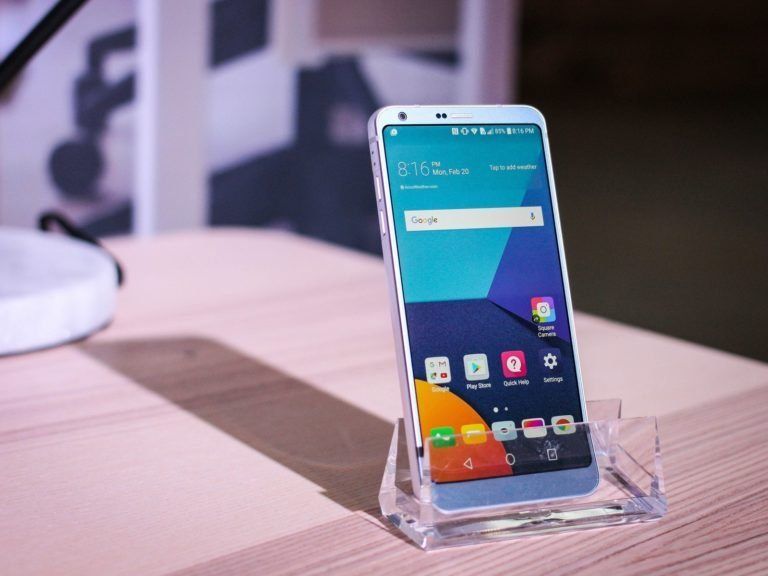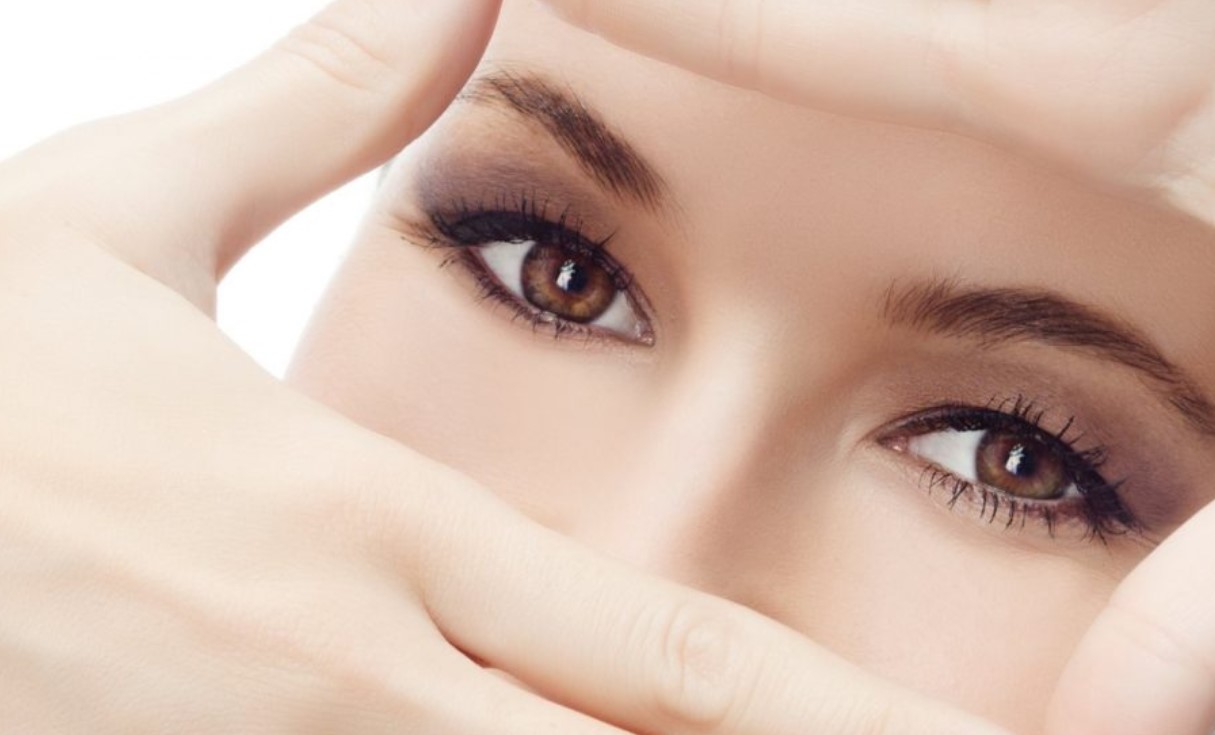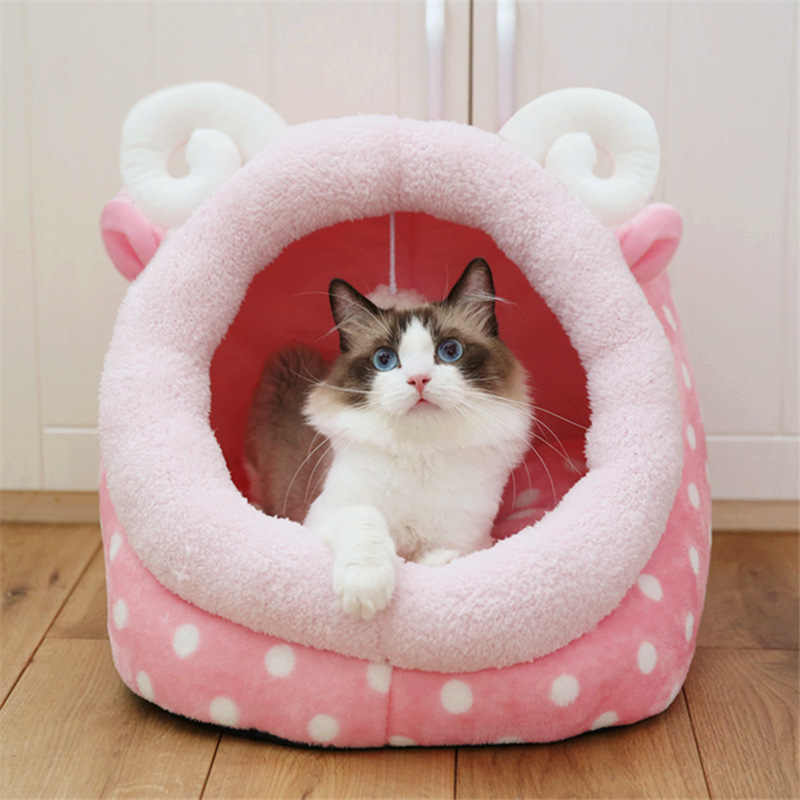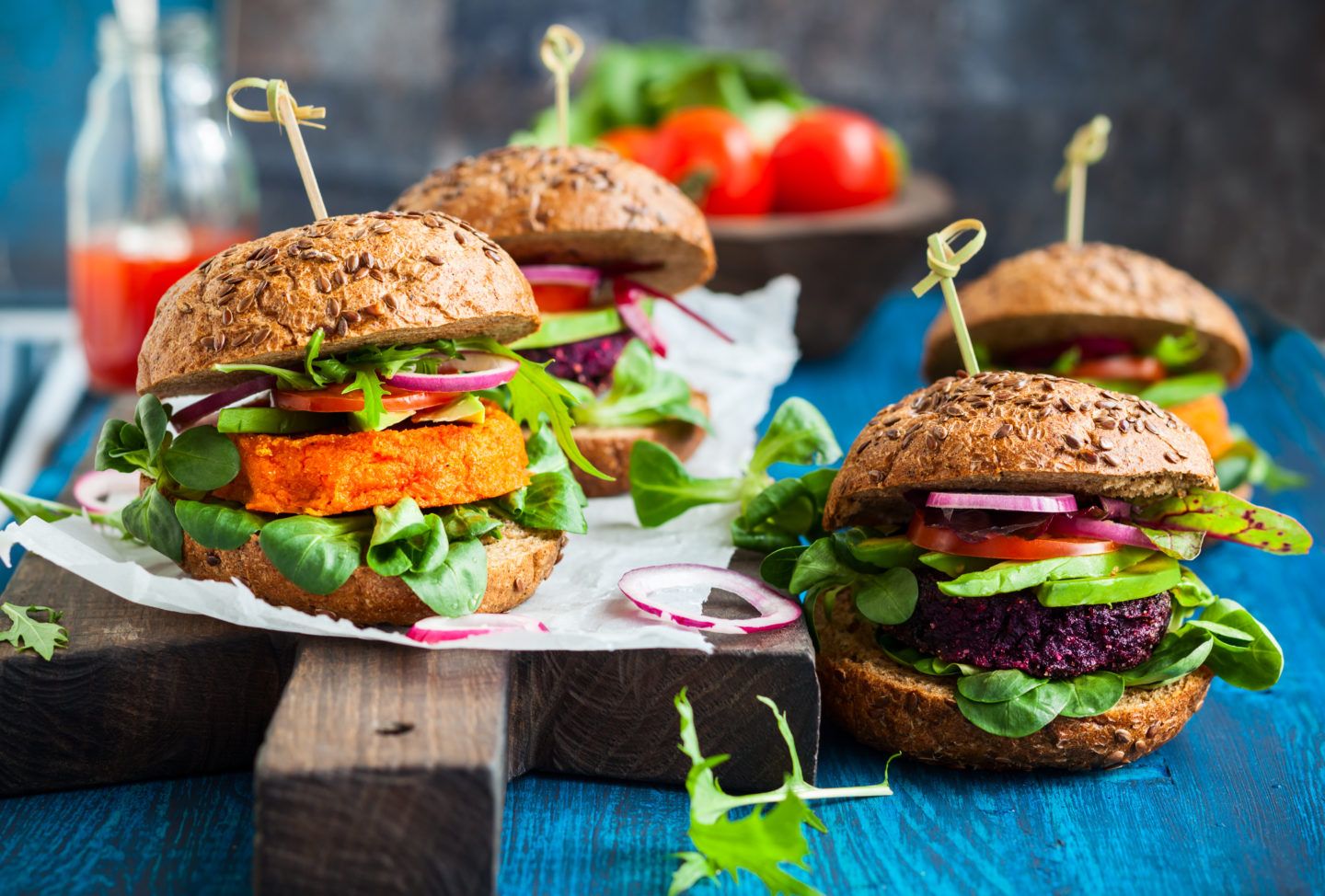Rating of the best polygranules for 2025

Polygranules are special granules made from cured and dyed polyester resins that can be used in a variety of applications, from artificial stone to filler for weighted medical blankets. Most often, they are designed to imitate the classic granite surface for monolithic building components. Coloring additives are added to the composition of their cast polyester resin and transparent gelcoats are used with them (gel-like compounds used to create a decorative and protective coating of composite objects).
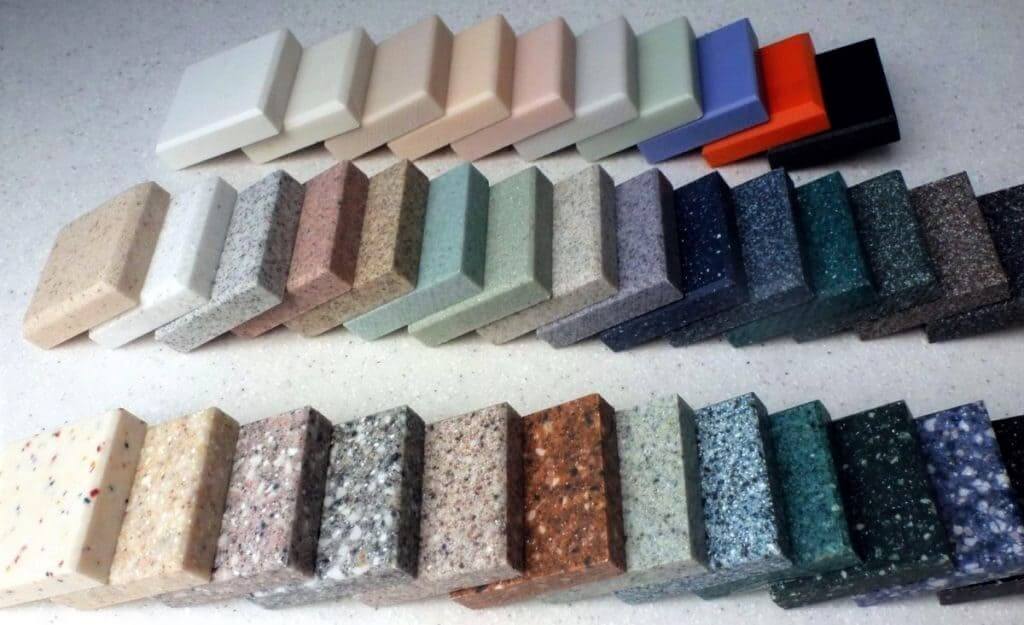
Content [Hide]
General information
The type of consumables under consideration is chips (granules), which differ in the total mass in the size of individual elements and are painted in a certain (or different) color. Their main task is to perform a decorating role together with base resins and gelcoats as part of various casting building materials. These polyester chips also give the final product proper strength and weather resistance. Traditionally, mixing granules in different proportions with different colors can give an artificial stone up to 150 different shades.
Usually, the resin used in their production is characterized by poor stability and is not able to firmly hold the color of the final granules, therefore, a special gelcoat is used as a binder for them. Any violation of the proportions in the production technology, for example, an excess of styrene content, can give the polygranules a sharp synthetic smell, which will be dangerous to human health.
It is worth noting that any polymer additives in polygranules, even those that are both a binder and at the same time add resistance to ultraviolet light to the final product, will eventually fade and become somewhat yellowish (regardless of the initial shade).The reason for this is the too small fractional content of the starting material, and this cannot be avoided for composite products. Thus, if polygranules were used to create a facing artificial stone, which is constantly under the influence of atmospheric precipitation, then such an external finish will have to be changed every two to three years.
IMPORTANT! The very process of creating a finishing stone based on polygranules is quite simple and is a process of melting these consumables placed in special forms and, as a result of their curing, obtaining flat panels of different colors suitable for vertical finishing. Another method allows you to create a liquid mixture with special characteristics based on polygranules, which can then be applied directly to the original stone.
Polygranules can be used to create cladding shapes:
- Internal premises;
- Pool bowls;
- Garden small architectural forms;
- furniture fittings;
- sculpture;
- Elements of plumbing;
- Full finishing of facades of buildings and constructions.
When using polygranules, you can get a quality product that has:
- hygiene;
- Light weight;
- Non-combustible composition;
- Special aesthetics;
- Sufficient strength and separate maintainability;
- The ability to create various design solutions.
Composition of liquid stone based on polygranular fillers
Its basic structure will include a polymer binder and a decorative polygranular filler. With the help of the last component, you can also set the final shade. The polygranules themselves are made on the basis of polyester resins, which are colored with a special pigment paste. All elements included in the structure are environmentally neutral and do not have a negative impact on the environment.
The composition for casting artificial stone according to this method classically must withstand the following proportions:
- Cast resin base - from 400 grams;
- Reinforcing aluminum trihydrate - from 600 grams;
- Polygranules for obtaining color / pattern - from 10 to 300 grams;
- Pigment paste to give the background - up to 5% of the total volume.
Dependence of color saturation on the size of polygranules
To give an artificial cast stone a certain shade, it is necessary to use chips of a certain size:
- Large fraction (bright, enhanced);
- Medium fraction (calm, standard);
- Fine fraction (gradient, weakly expressed).
The selected fraction is mixed with the rest of the components according to a special recipe, through which it is possible to achieve a natural color for the future product. Modern companies specializing in the production of fillers for the manufacture of liquid stone are able to provide the consumer with at least 100 shades, in which, using granules of various sizes, it is possible to give the cast mineral an original and unique shade.
The chosen variant of chips is easy to melt, they are easy to mix and simply applied to the surface of the original object. In this case, the latter acquires:
- Resistance to temperature influences;
- Ability to resist UV rays;
- The ability to counteract aggressive chemicals and prevent the formation of mold and mildew;
- Special wear and impact resistance.
Polygranule Safety Issues
All polygranules inevitably contain polypropylene, which has microscopic inclusions of preservatives and flame retardants in its structure.From this it is clear that these synthetic reinforcing and protective additives must comply with safety standards, be neutral for the environment and for the health of people in the immediate vicinity. Nevertheless, the end use of objects produced on the basis of polygranules does not imply constant contact with human skin, which makes the risk of their negative impact on people practically equal to zero. However, given the full synthetic component of these consumables, they are not recommended for interior decoration of premises where children or sick people can constantly be (i.e., such a liquid stone should not be used to cover rooms in kindergartens and wards in hospitals).
Features of the process of manufacturing artificial stone based on polygranules
You can make a “liquid” stone using polygranules yourself, you just need to have the right shape.

Form processing before filling out
First things first, clean the inside of the mold with a soft cloth. At the same time, it is forbidden to use hard cloths and strong detergent abrasives for cleaning (they can scratch the bearing surface, thereby changing the shape of the final result), because the main task is to remove dust.
Further, a certain amount of a special wax mixture should be distributed along the inner surface (Polivax SV-6 is recommended) - this will make it more convenient to separate the resulting product from the mold. A small amount of wax will be distributed over areas of 20-30 square meters. cm on the surface of the matrix, with special attention paid to the edges. The wax is applied in a circular motion. The result is a thin and uniform layer that does not have grooves and thickenings.At the end of the wax preparation, you need to wipe each area with a soft cloth and allow to dry for 15-20 minutes. After the wax dries, the areas are polished to a characteristic sheen.
IMPORTANT! If the wax layer is not allowed to dry properly, it will easily dissolve the adjacent layer of polygranules, and then it will be difficult to separate the product from the matrix.
If a completely new mold is used, the above process may be repeated a maximum of two times before filling with melted polygranules, and then only to be convincing. If a form that has already been in use is used, then it is better to use Polivax-N wax for it, perform several wax layers (from two to three layers), and the hardening time between layers should not be less than half an hour.
The absence of smudges will indicate the proper application of the wax layer. If smudges appear constantly, then this indicates the wear of the die itself (it begins after approximately 100 casting cycles). Wax streaks will affect the roughness of the outer layer of the final products. Although, even heavily worn matrices can be brought to the desired state for a short time (for two to five production cycles) by using a special MCS matrix cleaner. The main thing is not to use sandpaper with it. "MCS" will not even resort to any polishing of the inner surface and will help to avoid the formation of bubbles in the gelcoat layer, and the surface of the final product will become completely glossy.
Formation of the decorative layer
This process must take place at an ambient temperature of 20-23 degrees, which is necessary for curing both the resin and the gelcoat. It consists of the following steps:
- Creation of a protective layer of a product from a gelcoat - 2 grams of a peroxide solution (PMEK) of methyl ethyl ketone are applied to 1 kilogram of gelcoat, which is necessary for subsequent curing. Spraying on the prepared form occurs with an approximate layer of 0.4-0.6 millimeters. It is recommended to use the brands PMEK "Butanoks M-50", "Metoks M-50", "Luperox K-1" or "Andonoks KP-9".
- Touching up with quartz sand - a layer of sand is poured over the layer of sprayed gelcoat that begins to harden, after which it is fixed with another spray.
- Decoration with filler - this step is optional, but if a transparent gelcoat is used, then the proportion of its layer should have the following indicators: filler - 35%, transparent gelcoat itself - 65%;
- The composition prepared for spraying is applied with a spray gun to the already existing wax layer in the matrix.
The solution for spraying the decorative solution is prepared as follows:
- Co-1 is added to the gelcoat to start the chemical process of pre-acceleration;
- Next, a coloring pigment is introduced (you can take it separately);
- Then PMEK is introduced.
- The resulting solution is thoroughly mixed and poured into the spray tank.
Formation of the base layer
The sequence of operations is as follows:
- For one kilogram of selected polygranules, marble sand or marble flour is added (up to 70-75% of the total volume), the resulting composite mass is heated to a molten state by available methods (from a building hair dryer to an open fire source) and mixed.
- Separate dye is additionally added if necessary, but not more than 5%. The composition is again mixed until a mass of uniform color is obtained.
- A pre-prepared PMEK hardener is added in proportion - 10-15 grams of hardener per 1 kilogram of the available mass. The composition is mixed again to the consistency of a single-color mixture.
- Next, the resulting mass is laid out neatly in the form, where it evenly fills all its recesses.
- Curing will take about 3 hours, then the resulting product is freed from the mold, the excess is cut off at the edges and polished.

Rating of the best polygranules for 2025
Budget segment
3rd place: "Natural-000"
votes 0
This is one of the most popular collections from GraniStone. It contains small granules in its composition, it is distinguished by a wide variety of colors - from pastel to saturated. Most suitable for gaining initial experience with liquid granite. The required mixing ratio is 40% granules + 60% gelcoat. Requires surface grinding up to P 600. Polishing with deeper grinding is possible. Traditional spraying pressure is 5-6 atmospheres. The recommended cost for retail chains is 450 rubles.

- Possibility of deep grinding of the final product;
- Bright colors;
- Affordable price.
- Not detected.
2nd place: "Cabaret-700"
votes 0
These double-effect polygranules are infused with mother-of-pearl and colored glitter. The set contains chips of different sizes. The recommended mixing ratio is 35% granules + 65% gelcoat. Requires surface grinding up to P 2000 and mandatory polishing! The recommended spraying pressure is 4-5 atmospheres. The cost for retail chains is 460 rubles.

- Design decoration;
- Standard mixing ratios;
- Separate glitter included.
- Mandatory polishing.
1st place: "Monochrome-400"
votes 0
This monochromatic collection captivates with pure deep color. The kit contains one-color granules of small size. More hands-on experience is required to work with the collection. The recommended mixing ratio is 40% granules + 60% gelcoat. Requires surface grinding up to P 600. Polishing with deeper grinding is possible. The recommended spraying pressure is 5-6 atmospheres. The cost for retail chains is 500 rubles.

- Small granule size;
- Low pressure for spraying;
- Deep color.
- Solid color narrows the scope of use.
Middle price segment
2nd place: “GS granules, art. GS-15 Brown»
votes 0
The set in the bulk contains superfine granules up to 0.8 mm. The mixing ratio is 30% filler + 70% gelcoat (it is permissible to mix in the proportion of 35% granules + 65% GelStone gelcoat). Application method - spraying. The article of the pigment paste for the manufacture of primer is 23 light brown. Grinding - matt P40, P80, P150, P240, P320, P400, P600, P800, P1000, foam-based grinding wheel P1000 is allowed. Polishing — a glossy surface, it is possible to bring it to gloss with the help of deeper grinding: P1500, P2000, or with a foam rubber-based grinding wheel P2000, a felt polishing disc using polishing pastes, a polishing disc made of natural sheepskin. The form of delivery of the material is dry filler in plastic buckets. The recommended cost for retail chains is 880 rubles.

- Large volumes of containers;
- Great variability in polishing;
- Superfine granules.
- Not detected.
1st place: “GS granules, art. GS-03/1 Yellow-coffee»
votes 0
These polygranules imitate the unusual color of granite at the output. The dimension of the granules in the bulk is the average granules up to 1 mm. Mixing ratio 35% filler + 75% gelcoat (it is permissible to mix in a ratio of 40% granules + 60% GelStone gelcoat). The article of the pigment paste for the manufacture of primer is 01 white, 17 oxide yellow. Grinding - matte surface P40, P80, P150, P240, P320, P400, P600, P800, P1000, foam-based grinding wheel P1000. The recommended cost for retail chains is 900 rubles.

- Excellent value for money and quality;
- Original design solution;
- Mixing ratio variability.
- Not detected.
Premium class
2nd place: Krialit Premium 210
votes 0
These composite color polygranules are used to give original color, natural stone texture and strength to artificial stone products such as countertops, sinks, figures and other composite resin products. The filler is not diluted with various additives that reduce the cost (marble, granite flour, etc.), due to which it has exceptional technical characteristics: it does not absorb moisture, can be easily polished, and is economically consumed. The filler is suitable for both gelcoat spraying and Solid Surface production. The recommended cost for retail chains is 1200 rubles.

- Innovative molding technology;
- Light sanding;
- There are protective additives.
- Somewhat overpriced.
1st place: "Krialit Premium K512"
votes 0
This product can be used in two ways. The first purpose is for the production of products by spraying (in the ratio of 30% filler and 70% gelcoat), which is 3-4 times cheaper than imported analogues, which are used by most manufacturers. The second purpose of the filler is for the production of artificial stone by casting (in the ratio of 60% filler and 40% resin). Polygranules are also excellent for the production of stone sinks and any other products made from liquid stone. The recommended cost for retail chains is 1400 rubles.

- Dual application;
- Easy manufacturing;
- Suitable for any shape.
- Somewhat overpriced for a Russian buyer.
Conclusion
When self-manufacturing liquid stone based on polygranules, you should follow the scheme proposed by the manufacturer of this raw material in the accompanying documentation. Although the same scheme is taken as the basis in 99% of cases, nevertheless, for some stages, their own nuances may arise that affect the values of the gelation and curing time of polyesters.
new entries
Categories
Useful
Popular Articles
-

Top ranking of the best and cheapest scooters up to 50cc in 2025
Views: 131667 -

Rating of the best soundproofing materials for an apartment in 2025
Views: 127704 -

Rating of cheap analogues of expensive medicines for flu and colds for 2025
Views: 124530 -

The best men's sneakers in 2025
Views: 124049 -

The Best Complex Vitamins in 2025
Views: 121952 -

Top ranking of the best smartwatches 2025 - price-quality ratio
Views: 114988 -

The best paint for gray hair - top rating 2025
Views: 113405 -

Ranking of the best wood paints for interior work in 2025
Views: 110334 -

Rating of the best spinning reels in 2025
Views: 105340 -

Ranking of the best sex dolls for men for 2025
Views: 104379 -

Ranking of the best action cameras from China in 2025
Views: 102228 -

The most effective calcium preparations for adults and children in 2025
Views: 102021

